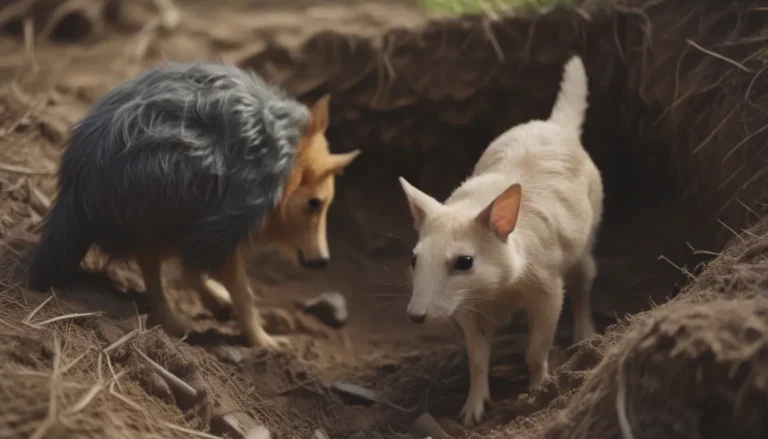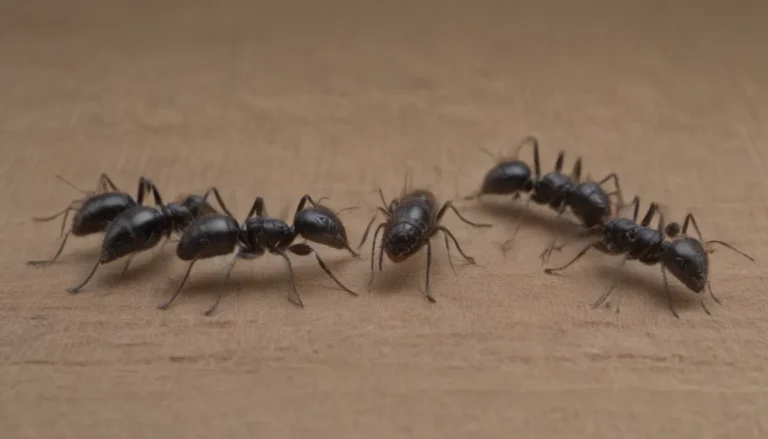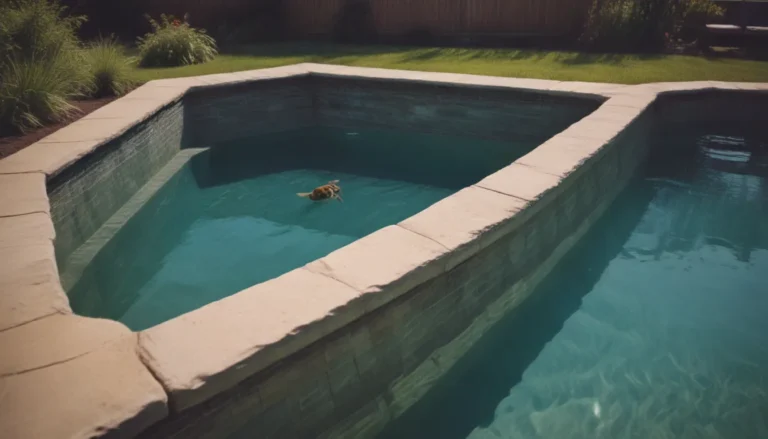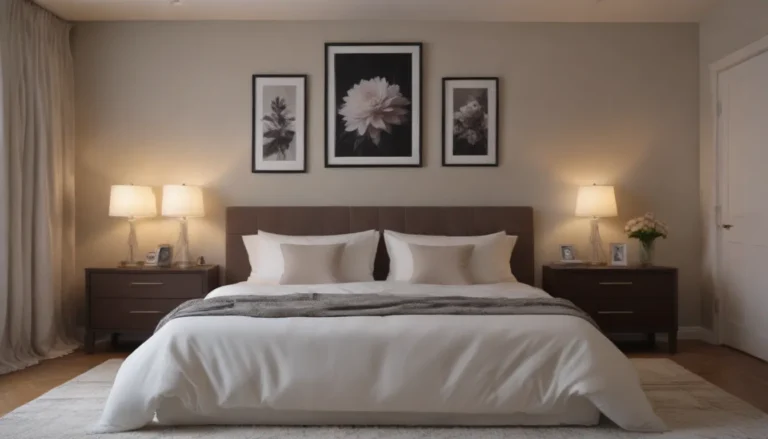10 Common Types of Clutter Found in Your Home
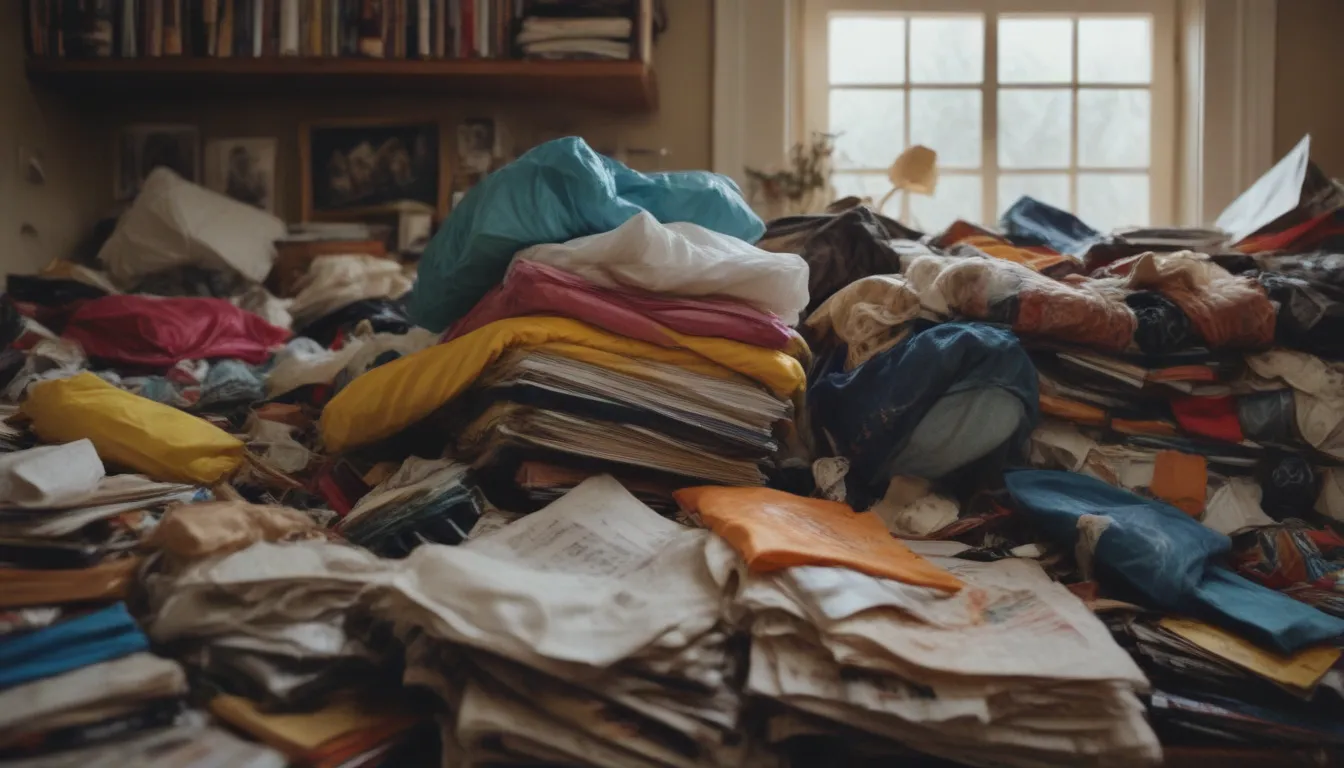
You walk into your home, glance around, and think, “This isn’t cluttered at all!” But in reality, clutter takes many forms and can sneak up on you in various ways. Some clutter needs to be dealt with immediately, while other clutter can be organized and neatly stored away. But how do you differentiate between what is clutter and what isn’t? And how do you manage it all? Here are 10 common types of clutter found in homes, along with tips on how to handle them effectively.
1. Clutter Without a Designated Place
Some clutter in your home may include items that you want to keep but don’t have a specific spot for yet. These items can range from unopened packages to everyday essentials that need a simple storage solution. The best way to tackle this type of clutter is to neatly store these items in labeled, clear containers. Some examples of clutter without a place include:
– Unopened packages
– Items that need storage space
2. Trash Masquerading as Clutter
It’s essential to distinguish between clutter and trash in your home. While some items may have temporary value, others are simply trash disguised as clutter. Establishing a timeline for how long you keep certain items can help you declutter effectively. For instance, consider tossing out newspapers after three days, magazines after one month, and items needing repair after one month.
3. Bargain Items You Never Needed
Who can resist a good bargain or a freebie? While sales and promotional gifts may seem tempting at the moment, they can quickly turn into clutter. Just because something is a good deal doesn’t mean you have to bring it home. Be mindful of accumulating items you don’t actually need or have space for.
4. Buying Too Many Groceries in Bulk
Purchasing items in bulk may seem like a practical solution, but it can lead to an abundance of products that go unused. While stocking up on essentials can save you money, be mindful of buying more than you need. Utilize your freezer space to store bulk items you know you’ll consume to avoid cluttering your pantry.
5. Aspirational Clutter for the Future
Aspirational clutter refers to items you acquire with the intention of pursuing a new hobby, skill, or image. However, these items often end up collecting dust as you never act on your aspirations. Before making aspirational purchases, have a candid conversation with yourself to determine if you genuinely need or want the item.
Tip: Consider renting furniture or decor before making a permanent purchase to test if it aligns with your vision.
6. Sentimental Clutter
Letting go of sentimental items can be challenging as they hold emotional value. Whether it’s a childhood keepsake or a family heirloom, parting with sentimental clutter can feel like betraying a memory. Repurposing sentimental items or finding new ways to incorporate them into your daily life can help you declutter without losing their significance.
7. Gift Clutter
Over the years, you may accumulate gifts, souvenirs, or favors that serve no purpose in your home. While you may feel obliged to keep these items out of politeness, it’s essential to reassess their value. Thank the gift-giver, display the item temporarily, and consider donating it if it doesn’t align with your lifestyle or preferences.
8. Never-worn Clothes
Clothing items that remain unworn in your closet can contribute to unnecessary clutter. Whether it’s clothes that no longer fit or impulse buys that never see the light of day, consider donating these items to make room for pieces you genuinely love and wear. Don’t let your closet space become a haven for unused garments.
9. Hidden Clutter
Hidden clutter lurks in the depths of cabinets, drawers, and closets, occupying valuable storage space. Take inventory of these hidden spaces and declutter items you no longer need or use. Freeing up hidden clutter can create a sense of organization and efficiency in your home.
10. Paper Clutter
Paper clutter is a common culprit in cluttered spaces, from kitchen counters to office desks. Sort through your mail regularly, discarding unnecessary items and filing important documents in labeled folders. Create designated storage areas for bills, coupons, and other paperwork to maintain a clutter-free environment.
Tip: Opt-out of junk mail and promotional newsletters to reduce future clutter and unwanted mail.
Four Step Approach for Decluttering:
As you embark on your decluttering journey, follow these four steps to streamline the process:
1. Clear out the area of all items you want to put away.
2. Categorize the items into different groups.
3. Eliminate clutter by discarding or donating items.
4. Find a designated spot for the items you wish to keep post-declutter.
Remember, decluttering isn’t just about tidying up your physical space; it’s also about creating a harmonious environment that promotes efficiency and well-being. By identifying and addressing common types of clutter in your home, you can cultivate a more organized and clutter-free living space.

